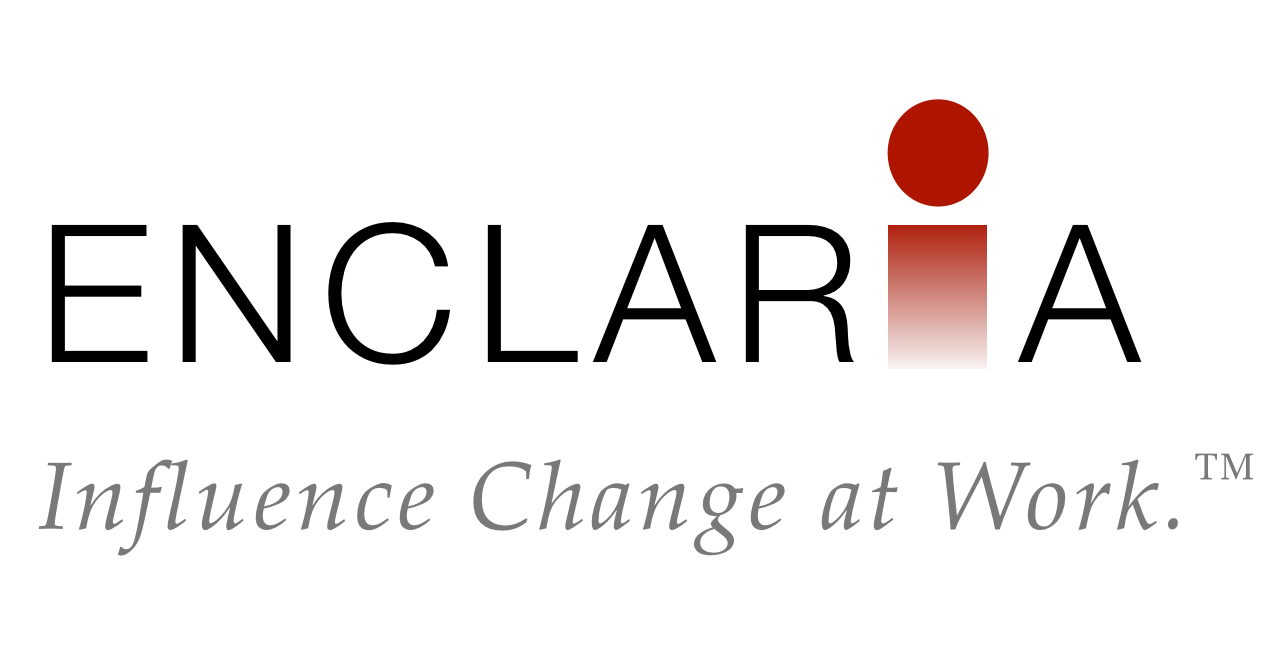As I’ve helped people influence change in their organizations over the years, I’ve noticed some common oversights change agents make that prevent them from taking action to keep their projects on track. I recognize them because I’ve done them myself! Are you making any of these mistakes?

Ignoring History
Chances are the change you’re implementing is not starting from a clean slate. There is a story behind how things got the way they are now. For example, the team who created the current process or system may still work there, and they may be proud and protective of what they’ve created. Saying it needs to change may even be perceived as an insult. By not understanding the history of the situation, you risk alienating the very people whose help you need in order to make the changes.
The organization also has a history of how change has gone in the past, informing everyone about how they should feel about the next project. If you ignore the history of the organization, you’re missing valuable information that you can learn from and use to build the change plan for your project.
Doing Change by Yourself
If you spend more time alone in your office filling out templates, compiling survey results, and writing communications than you do talking with people and facilitating group conversations, you’re probably doing it wrong! Change is a team sport. The whole point is to get people to do their part and work together to achieve the expected benefits. It’s easier to do that if you’re working with them to design how change will go, instead of trying to devise the perfect solution that you’ll have to convince them to adopt.
Templates can be useful in helping you clarify your own thoughts about how the change can go. But they are even more powerful when used as a tool to start conversations to gain agreement and alignment. Don’t feel like you have to figure it all out on your own. In fact, if you do, you’re just making your job harder than it has to be.
Assuming Some Obstacles are Immovable
I hear a lot of complaints about why changes get stuck. A leader is sending mixed messages to their team about the project, confusing everyone. Or, the leader thinks everything is fine because no one will tell them the truth. Or, no one is following through on their commitments because there is no accountability. Or, the project is floundering because there is no alignment with the organizational vision… the list goes on. The common thinking is that these issues simply are the way they are, and nothing can be done about them. However, all of these problems have solutions — they just need someone to step up and do them.
If there is a problem standing in the way of progress, and no one does anything about it, then it will not magically go away. And since your responsibility as a change agent is to ensure the success of the change project, then you are also responsible for addressing the problem that’s preventing that success, right? So that thing you wish someone would fix… that someone is probably you!
If you find yourself making some of these mistakes, you’re not alone. After all, it’s easier to ignore the past, do everything yourself, and hope someone else will take care of the hard stuff. But it’s not the path to successful change. The good news is that you can recover and get your project back on track.

 How to Manage Change Capacity Across Multiple Projects
How to Manage Change Capacity Across Multiple Projects